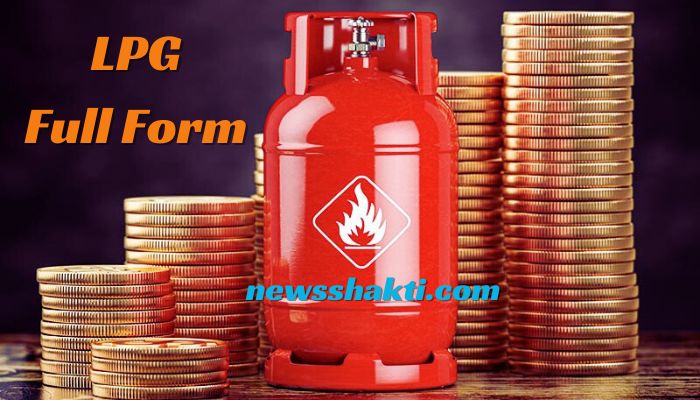LPG Full Form: LPG, standing for Liquefied Petroleum Gas, is renowned for its clean-burning attributes and is typically stored in cylinders ranging from 10 to 80 liters in capacity. Often hailed as a superior choice for energy consumption, LPG is recognized for its environmental friendliness compared to alternative sources. Despite its relatively shorter lifespan, it remains a dependable fuel for energy generation, primarily sourced from hydrocarbon fuels derived from coal or natural gas. Various forms of LPG are available in the market, each with distinct strengths.
Types of LPG: Understanding the Diversity | LPG Full Form
LPG is available in different compositions, with the quantity of cylinders consumed being a crucial factor specified in the LPG agreement. One notable variation is Dual Fuel, which involves LPG supplied by two distinct brands of producers.
Why Opt for LPG? Exploring its Utility | LPG Full Form
LPG finds widespread use as a fuel and for cooking purposes globally, with approximately 150 million households relying on it regularly. Moreover, it serves as a popular home heating fuel in colder regions like Australia and China and is even utilized as a transport fuel in gas-powered trucks across the Middle East. Developed countries such as the USA and UK also harness LPG as a fuel source. The pricing of LPG is contingent upon factors such as cylinder quantity and weight, with lighter cylinders often translating to lower costs, albeit larger cylinders command higher prices. Additionally, the quality of the fuel influences its pricing.
Safety Considerations: Prioritizing Health and Security
Safety concerns regarding LPG were underscored during the Gujarat Assembly Elections when a tragic incident occurred on October 18, 2017, in Ujjain, claiming 18 lives and injuring 28 individuals due to a gas cylinder explosion. This incident highlighted the imperative of adhering to stringent safety regulations. In India, compliance with safety standards set by the Indian Standards Authority of India (ISAI) is crucial, yet many LPG cylinders in circulation fail to meet these standards. Consequently, stringent safety measures and regulations are enforced, with thorough inspections conducted on vehicles utilizing LPG across all states.
Storage and Handling: Ensuring Prudent Practices
While LPG is primarily utilized for cooking, it serves as an energy source for various household appliances and motor vehicles. Stored in cylinders, LPG is employed once its pressure builds up for cooking purposes. Post-usage, it’s essential to expel any condensation outside the cylinder resulting from heating. The process of acquiring LPG involves purchasing from a gas company, with subsequent refills procured from the kitchen stove. Proper storage practices are imperative, with cylinders to be kept away from open spaces due to their highly flammable nature.
Health Precautions: Mitigating Risks
Given the flammability and potential for leakage associated with LPG, stringent health precautions must be observed. Safety measures include the use of gas safety glasses, installation of fire extinguishers, and ensuring proper ventilation of cylinders with safety valves. Storing LPG in sealed cylinders equipped with safety valves is paramount to prevent leakage.
Conclusion | LPG Full Form
In conclusion LPG Full Form, while LPG is a valuable energy source, safety should remain paramount. Adhering to safety protocols ensures its utilization without risks of harm. Moreover, recognizing its diverse applications, from cooking to producing other essential products, underscores its significance in modern living. Hence, adopting prudent practices while utilizing LPG ensures both safety and efficiency.

